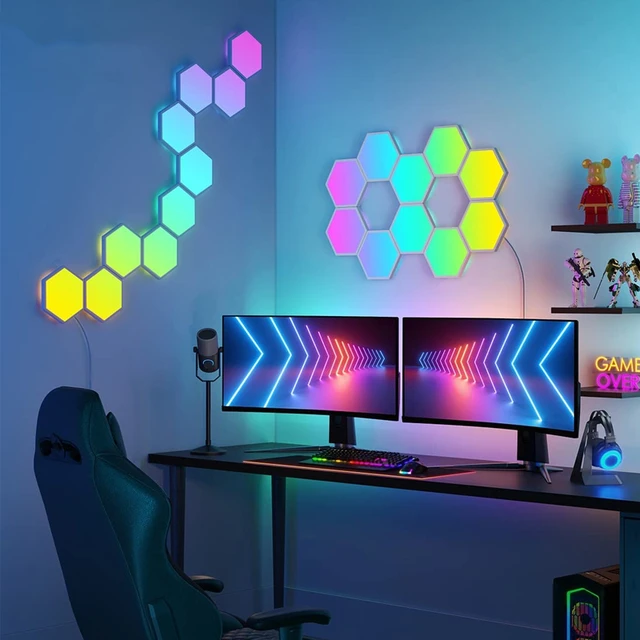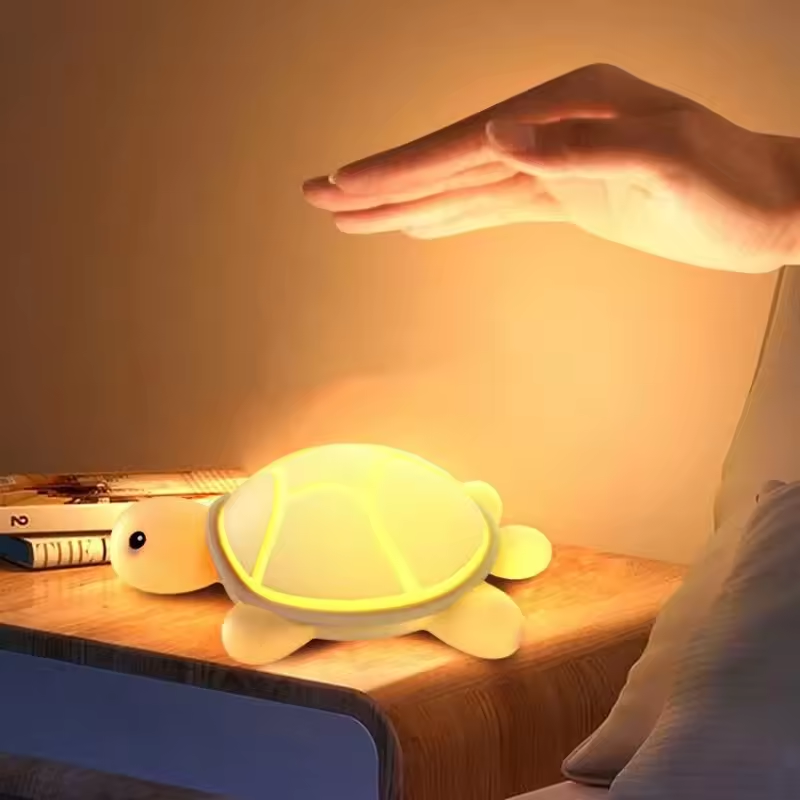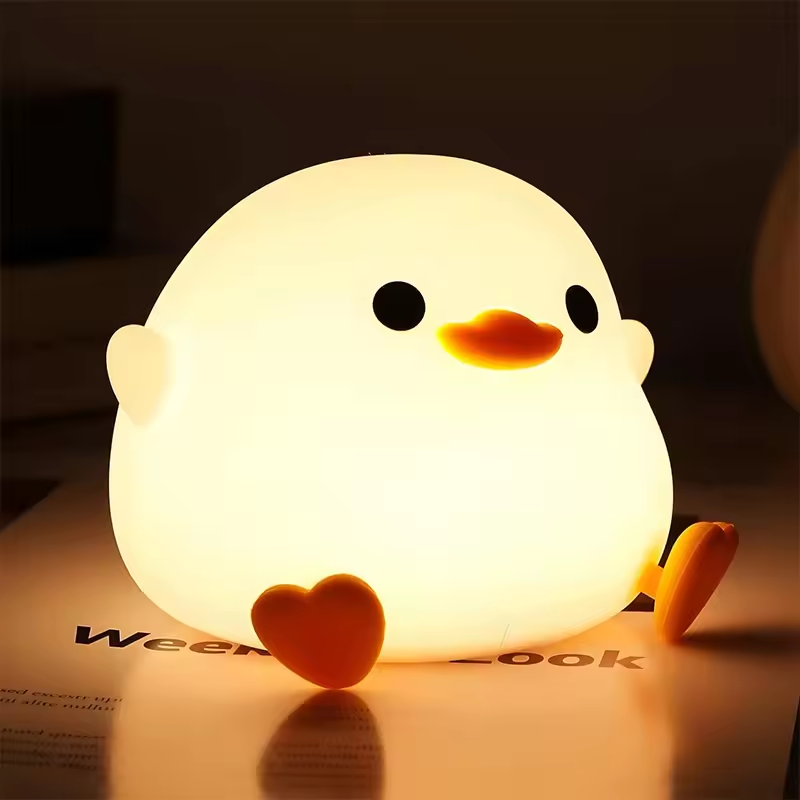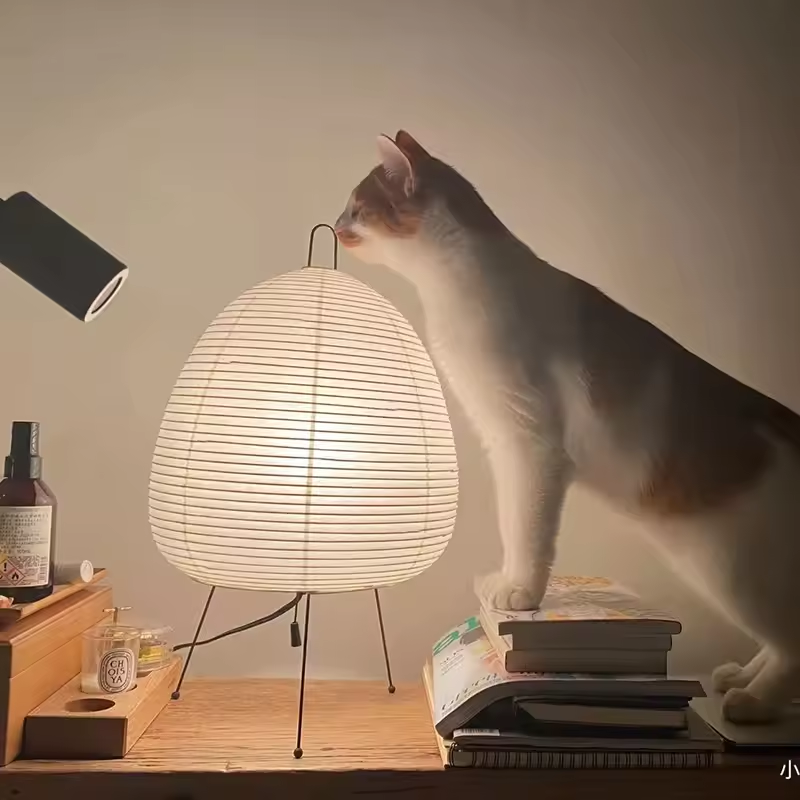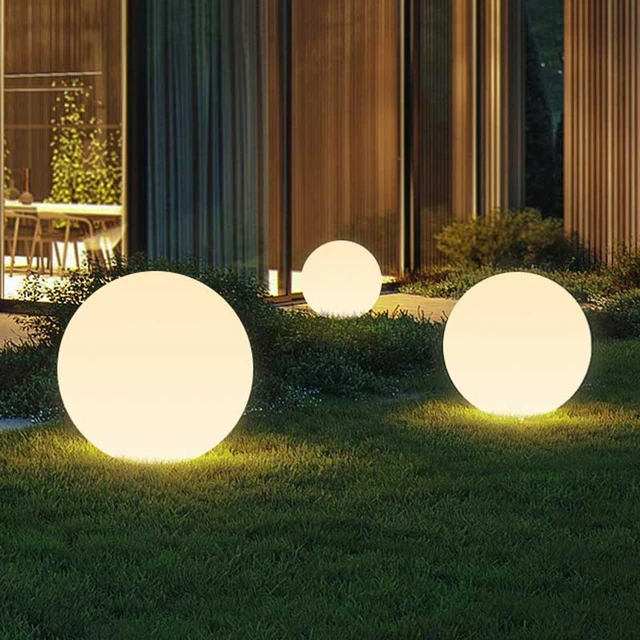 Introduction:
Introduction:
Why does my led light flicker?
LED lights have gained popularity due to their energy efficiency and long lifespan. However, one common issue that LED users encounter is flickering. LED light flickering can be annoying and distracting, but understanding the reasons behind it can help users find effective solutions. In this comprehensive guide, we will explore the causes of LED light flickering and provide solutions to resolve this issue. By understanding these aspects, users can enjoy the benefits of LED lighting without the annoyance of flickering.
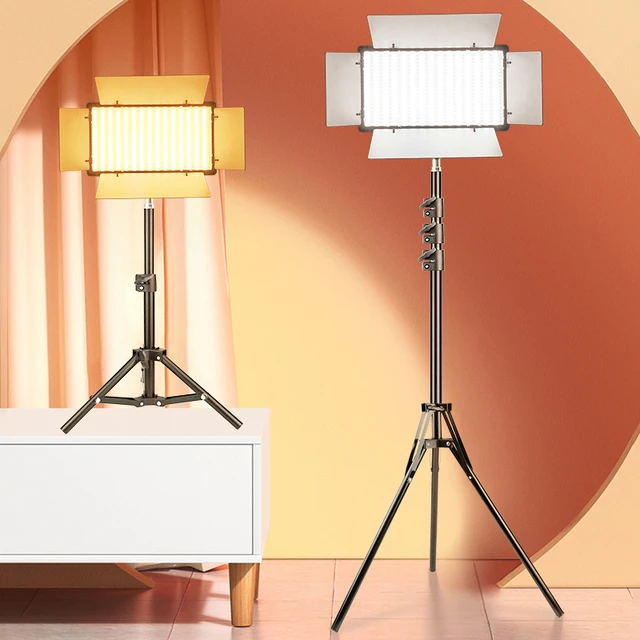 Some common LED light colors:
Some common LED light colors:
LED lights are available in a wide range of colors. The color of an LED light is determined by the specific wavelengths of light emitted by the LED. Here are some common LED light colors:
White:
White LED lights emit a broad spectrum of light that appears white to the human eye. They are commonly used for general lighting purposes in homes, offices, and outdoor areas.
Warm White:
Warm white LED lights have a slightly yellowish or warm tone, resembling the warm glow of traditional incandescent bulbs. They create a cozy and inviting atmosphere, often used for accent lighting or decorative purposes.
Cool White:
Cool white LED lights have a bluish-white tone, providing a brighter and more energizing light. They are often used in task lighting or areas where a higher level of brightness is required, such as offices or workspaces.
Red:
Red LED lights emit light at the lower end of the visible light spectrum, appearing as a deep red color. They are commonly used for decorative lighting, signaling, or in applications where a specific color effect is desired.
Green:
Green LED lights emit light at the middle of the visible light spectrum, appearing as a vibrant green color. They are often used in applications such as traffic signals, decorative lighting, or in horticulture for specific plant growth needs.
Blue:
Blue LED lights emit light at the higher end of the visible light spectrum, appearing as a cool blue color. They are commonly used for decorative lighting, accent lighting, or in applications where a calming or cool ambiance is desired.
Amber/Yellow:
Amber or yellow LED lights emit light at a specific wavelength, appearing as a warm yellow or amber color. They are often used for decorative lighting, in traffic signals, or in applications where a vintage or retro aesthetic is desired.
RGB:
RGB LED lights are capable of emitting multiple colors by combining red, green, and blue light. These lights can create a wide range of colors and are often used in decorative lighting, stage lighting, or in applications where color-changing effects are desired.
These are just a few examples of the various colors available in LED lights. The versatility of LEDs allows for a diverse range of lighting options to suit different preferences and applications.
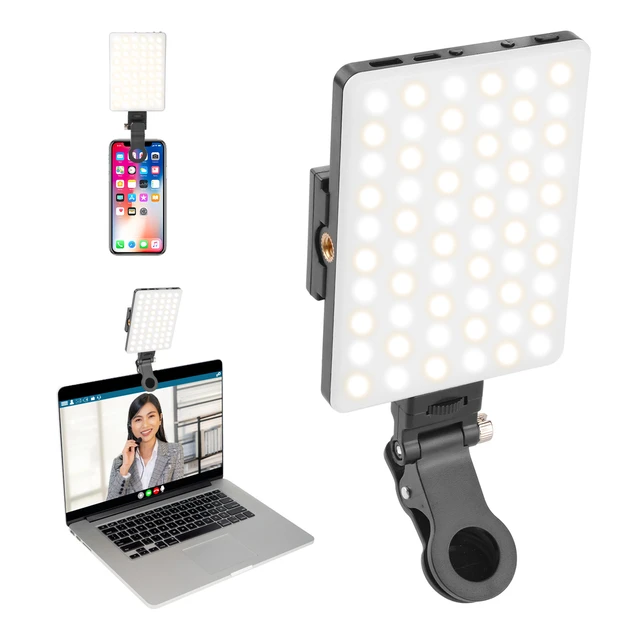 Causes of LED Light Flickering
Causes of LED Light Flickering
Incompatible Dimmer Switches:
LED lights require specific dimmer switches that are compatible with their electronic drivers.
Using an incompatible dimmer switch can cause LED lights to flicker.
Voltage Fluctuations:
Voltage fluctuations in the electrical system can result in LED light flickering.
This can occur due to issues with the power supply or other electrical appliances in the vicinity.
Loose Connections:
Loose connections between the LED light bulbs and their fixtures can cause flickering.
These loose connections may disrupt the flow of electricity, leading to irregular power supply to the LED lights.
Solutions to LED Light Flickering
Using Compatible Dimmer Switches:
Replace incompatible dimmer switches with those specifically designed for LED lighting.
This ensures proper compatibility and allows for smooth dimming without flickering.
Stabilizing Voltage:
Install voltage stabilization devices such as voltage regulators or surge protectors.
These devices help stabilize voltage levels, minimizing fluctuations and reducing LED light flickering.
Checking and Tightening Connections:
Regularly inspect the connections between LED light bulbs and their fixtures.
Ensure that all connections are secure and tight to maintain a consistent power supply.
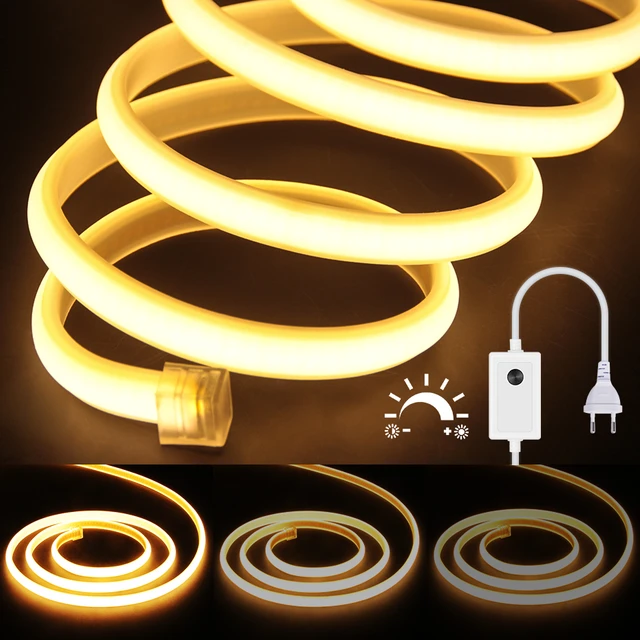 Other Considerations for LED Light Flickering
Other Considerations for LED Light Flickering
LED Bulb Quality:
Opt for high-quality LED bulbs manufactured by reputable brands.
These bulbs are more likely to have better internal components and drivers, reducing the chances of flickering.
Wattage Compatibility:
Ensure that the wattage of the LED bulb matches the wattage rating of the fixture.
Mismatched wattages can cause flickering and potentially damage both the bulb and the fixture.
Professional Assistance:
If LED light flickering persists or appears to be a complex issue, seek professional help.
Electricians or lighting specialists can assess the situation and provide tailored solutions.
Tips for Preventing LED Light Flickering
Research and Purchase Reliable LED Products:
Conduct research and read customer reviews before purchasing LED lights.
Look for trusted brands and products with positive reviews concerning flickering issues.
Regular Maintenance:
Perform routine maintenance checks on LED lights and their fixtures.
Clean the bulbs, inspect connections, and address any issues promptly.
Avoiding Overloads:
Do not overload electrical circuits by connecting too many LED lights to a single circuit.
Distribute LED lights across multiple circuits to prevent excessive strain on the system.
Steps to troubleshoot and repair LED light flickering:
Here are the steps to troubleshoot and repair LED light flickering:
Identify the Cause:
Determine the possible cause of the flickering. This could be an incompatible dimmer switch, voltage fluctuations, loose connections, poor-quality LED lights, or issues with the LED driver.
Check Dimmer Compatibility:
If a dimmer switch is installed, verify that it is specifically designed for use with LED lights. If not, replace the dimmer switch with an LED-compatible dimmer recommended by the manufacturer.
Check Voltage and Load:
Evaluate the electrical circuit and ensure that the LED lights’ wattage is within the capacity of the circuit. If necessary, redistribute the load on the circuit or install a voltage regulator to stabilize the power supply.
Inspect Connections:
Turn off the power and carefully inspect all connections for the LED lights. Tighten any loose wires or components, ensuring a secure and proper connection. Additionally, confirm the bulbs are firmly screwed into their sockets.
Consider LED Quality:
Poor-quality LED lights can contribute to flickering issues. Invest in higher-quality LED bulbs from reputable manufacturers that offer better drivers and components.
Examine the LED Driver:
If the LED lights are powered by an external driver, check if it is functioning correctly and compatible with the bulbs. Refer to the manufacturer’s specifications for the appropriate driver and consider repairing or replacing a faulty or incompatible one.
Seek Professional Help:
If all the above steps fail to resolve the flickering issue, it is advisable to consult a licensed electrician. They have the expertise and equipment to diagnose and repair any underlying electrical problems causing the flickering.
Remember to prioritize safety during the repair process and consult local electrical codes and regulations. If uncertain or uncomfortable performing any electrical work, always seek professional assistance.
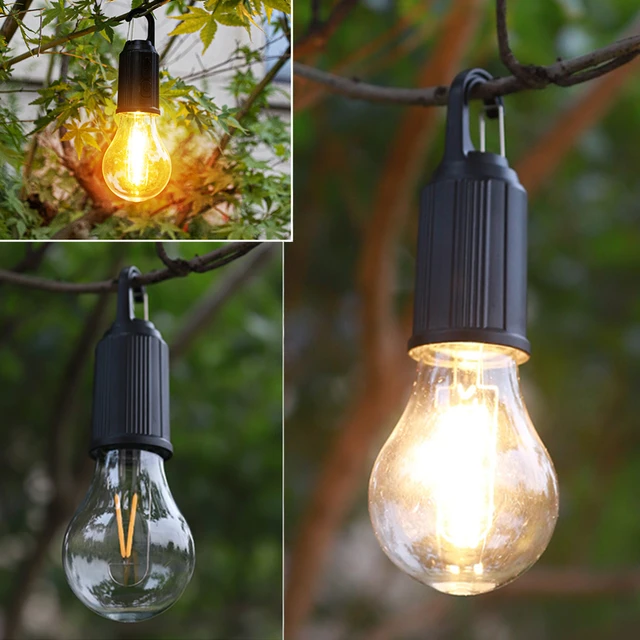 Conclusion:
Conclusion:
LED light flickering can be a common occurrence but understanding its causes and implementing solutions can alleviate this issue. Whether it is using compatible dimmer switches, stabilizing voltage, or ensuring secure connections, taking proactive steps will help resolve flickering problems. Additionally, paying attention to LED bulb quality, wattage compatibility, and seeking professional assistance when needed can prevent and address flickering effectively. By implementing these solutions and following preventive measures, users can enjoy the full benefits of LED lighting without the distraction of flickering. Let LED lights be a symbol of energy efficiency, longevity, and visual comfort without the annoyance of flickering.
